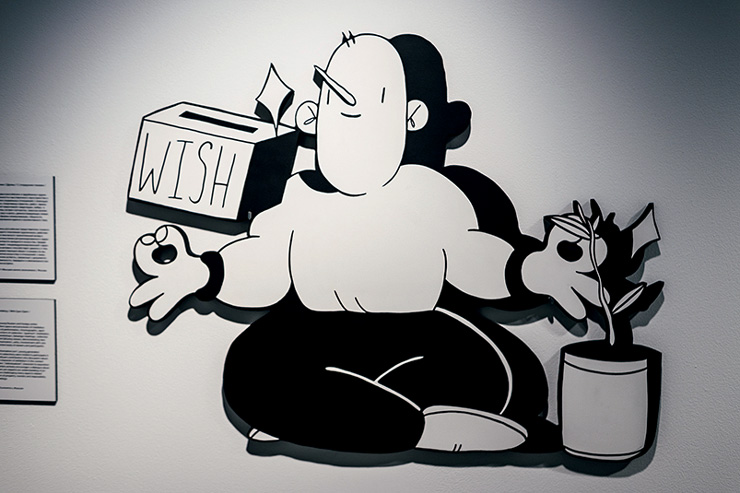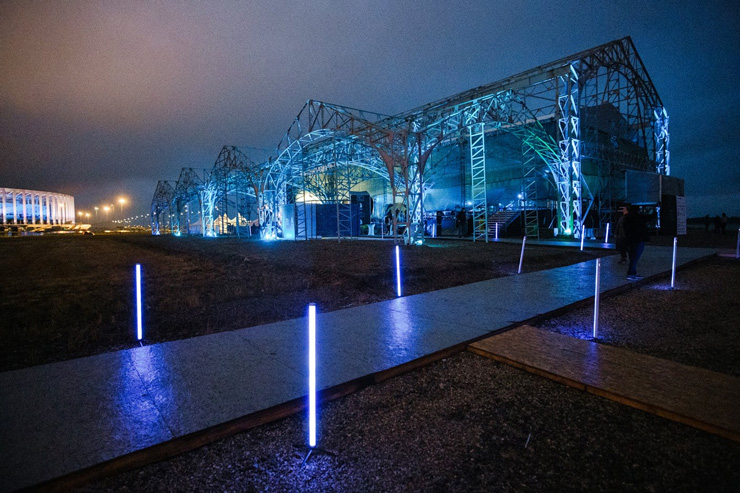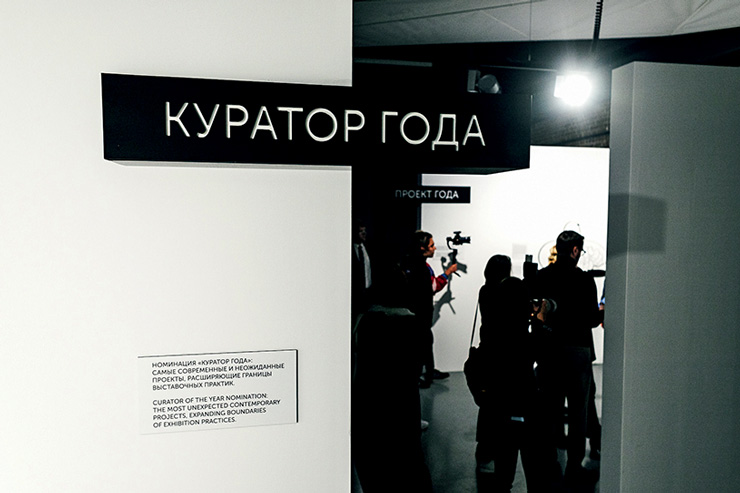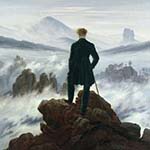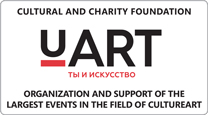Nizhny Novgorod honors key innovations in contemporary art
On June 29, Nizhny Novgorod hosted the
Innovation award ceremony supported
Тhe said concept consists in shifting the focus of attention
from the Russian capital to other cities and regions. This also accounts for
the composition of the expert board, with just two of its members being Moscow
curators this time. Innovation’s journey to Nizhny Novgorod entailed a change
in the award procedure. This year, the opening of the nominees’ exposition, the
jury session, and the ceremony itself were all held within the same day. The
eventful program wasn’t hindered by poor weather conditions which the
organizers apparently hadn’t been able to foresee when planning the ceremony at
a picturesque outdoor venue. As the local governor Gleb
Nikitin put it, overcoming difficulties is
nothing new to artists—or their ideas. The nominees’ exposition opened in a
wonderful Arsenal space, a local branch of NCCA (National Center for
Contemporary Arts). The exhibited works
|
Some projects featured fun drawing representations |
The exposition organizers had kept in mind viewers of all levels of expertise. NC CA’s Arsenal Director Anna Gor believes that although Innovation always featured an interesting exposition, the latter was mostly designed for professionals. “There were many things the viewers could not understand,” she says. “So this time around we arranged it in such a way as to encourage the visitors to look up things in the Internet and learn more about art. Thus, they would put almost the same amount of effort as the artist did creating his work.” Interestingly, it wasn’t the first attempt to transfer part of the exposition into virtual space. Last year, the exposition documents had been conceptually posted on the web page while the real exhibits had been placed in the Russian State Library in Moscow.
|
Gleb Nikitin, Governor of Nizhny Novgorod Oblast, and Anna Gor, Director of the Volga regional branch of the National Contemporary Arts Center |
The opinion on the exposition format was divided among journalists and visitors. While some liked the concept of presenting artistic documentation as ironic graphic portraits of the projects, others found that part of the exposition poor and uninformative. However, the decision had undoubtedly helped create a stylish and laconic artistic space that involved active and interested viewers into a dialog.
Two hours after the opening, the guests gathered on Strelka—a symbolic place for all local citizens, a spit where two great Russian rivers meet: the Oka and the Volga. The ceremony was held under the roof of exquisite structures from the legendary 1882 industrial exhibition.
|
The award ceremony under the openwork vaults of the legendary 1882 Industry and Art Expo |
These
structures had first been assembled in Moscow
and then delivered to Nizhny Novgorod
The ceremony program was somewhat unconventional. Within a
rather limited span of time,
|
Valentin Dyakonov and Ekaterina Lazareva were named the best in the Curator of the Year category |
Special prizes were the first to be given. The partner, French Institute in Russia, chose New Generation nominee Anna Rotayenko as their laureate, while Governor Gleb Nikitin representing Nizhny Novgorod Oblast authorities opted for Svetlana Shuvayeva, Artist of the Year nominee. Both winners will visit creative residences located in Paris and Nizhny Novgorod, respectively.
Two local projects won prizes thus
marking the significance of the city chosen for
the ceremony. The New Generation winner was Fly and Unite by Anna Kozonina,
Anastasia Dmitrievskaya and Anton Ryanov—a project whose title hints at the
Russian version of the slogan “Workers of the world, unite!”. It had been
carried out in October 2018 during PROscenium Fest at the local Vodnik Stadium.
Best Project was awarded to the Martin Passion performance that had also taken
place in Nizhny Novgorod Oblast. The show had been part of the famous
|
The award ceremony featured multimedia presentations |
Valentin Dyakonov and Ekaterina Lazareva were named the best
in the Curator of the Year nomination for their
Yana Gaponenko’s Vladivostok School of Contemporary Art was honored as the best educational project.
For the Book of the Year nomination supported
The Contribution to Contemporary Art award was given to Leonid Bazhanov who mentioned in his speech that all NCCA branch offices were currently “in a state of ruins.” To think that those particular centers had given rise to the institution of contemporary Russian art.
Awards clearly exist not only to honor this or that person,
but also to
help the community define key ways of development,
mark the achievements, and activate a dialog between all those involved:
artists, curators, art dealers, collectors, viewers, and society as a whole.
It’s serious work the society should
Created by Leonid Bazhanov and Mikhail Mindlin, national
centers for contemporary arts are located in Moscow, Nizhny Novgorod,
Kaliningrad,
The Museum of Private Collections as part of the Pushkin Museum of Fine Arts was established in 1985 thanks to Antonova and the collector Ilya Zilberstein, and the museum’s holdings have been compiled with her direct participation.
Back

